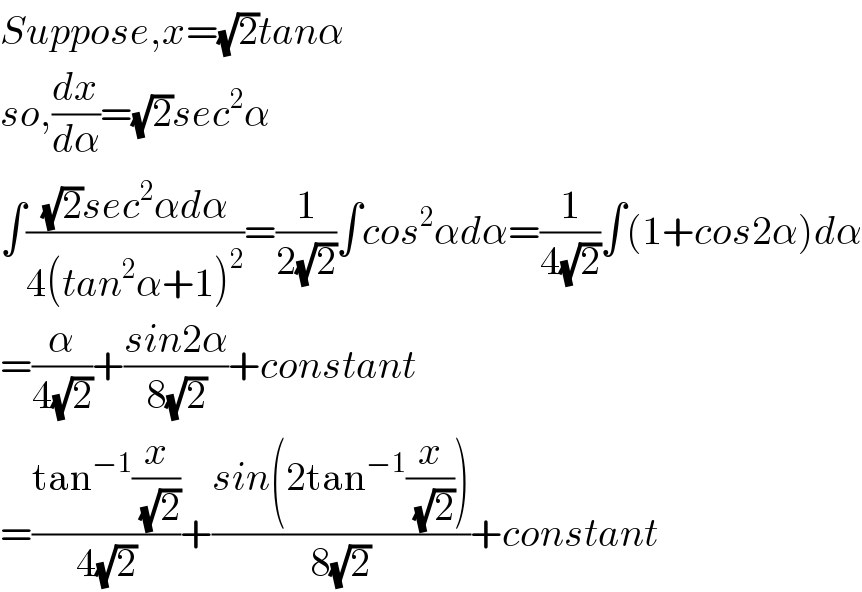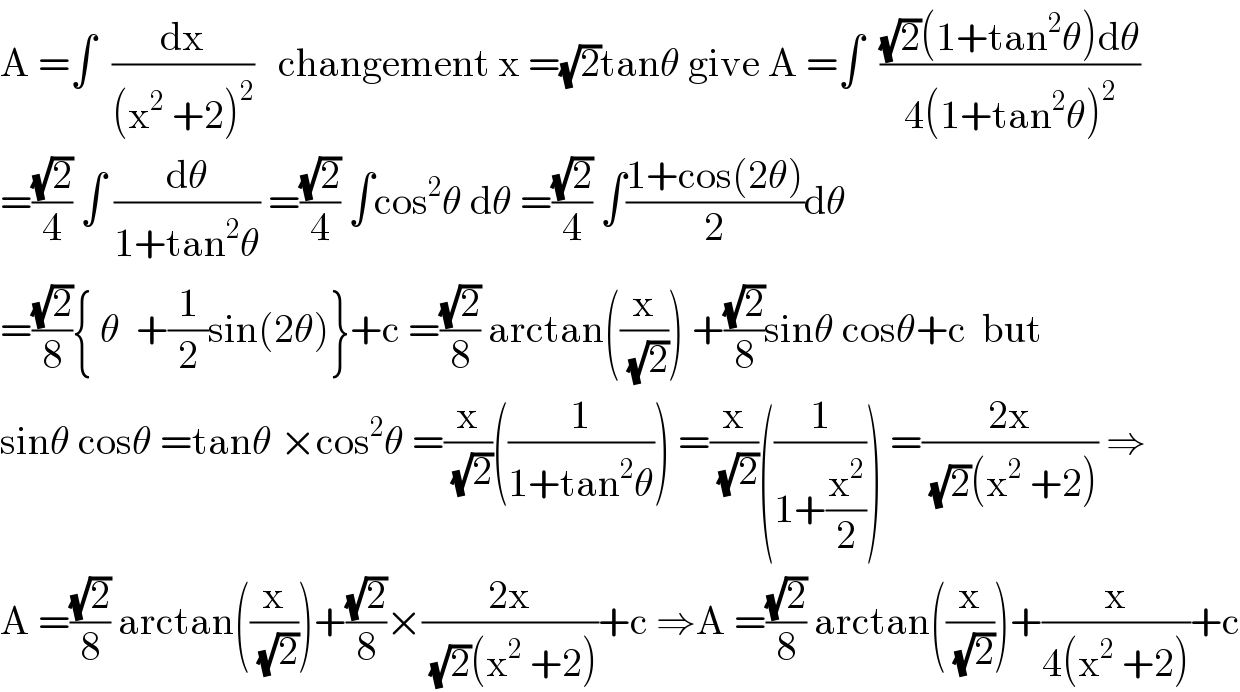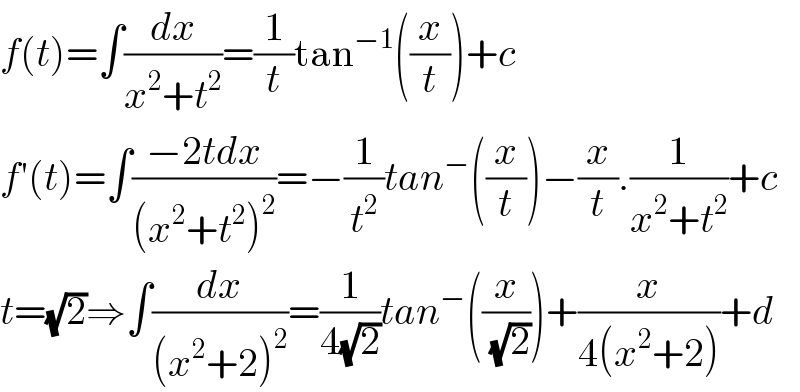
Question and Answers Forum
Question Number 99504 by pticantor last updated on 21/Jun/20

Answered by Ar Brandon last updated on 21/Jun/20

Answered by Dwaipayan Shikari last updated on 21/Jun/20

Answered by mathmax by abdo last updated on 21/Jun/20

Answered by maths mind last updated on 22/Jun/20

